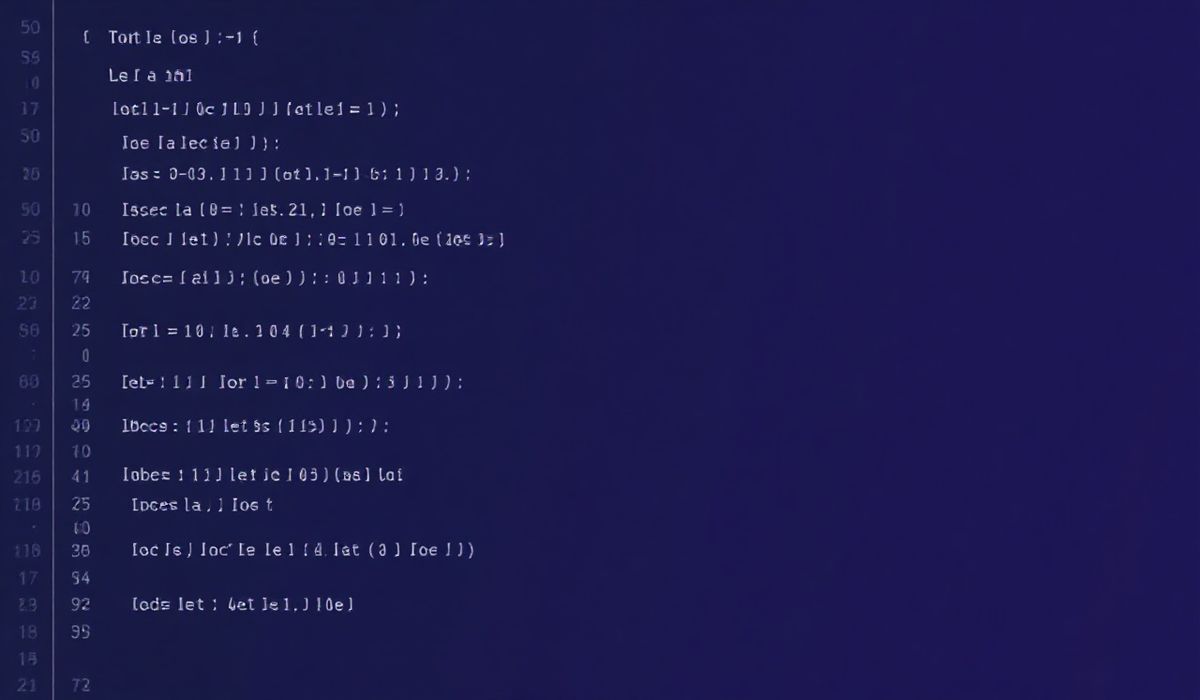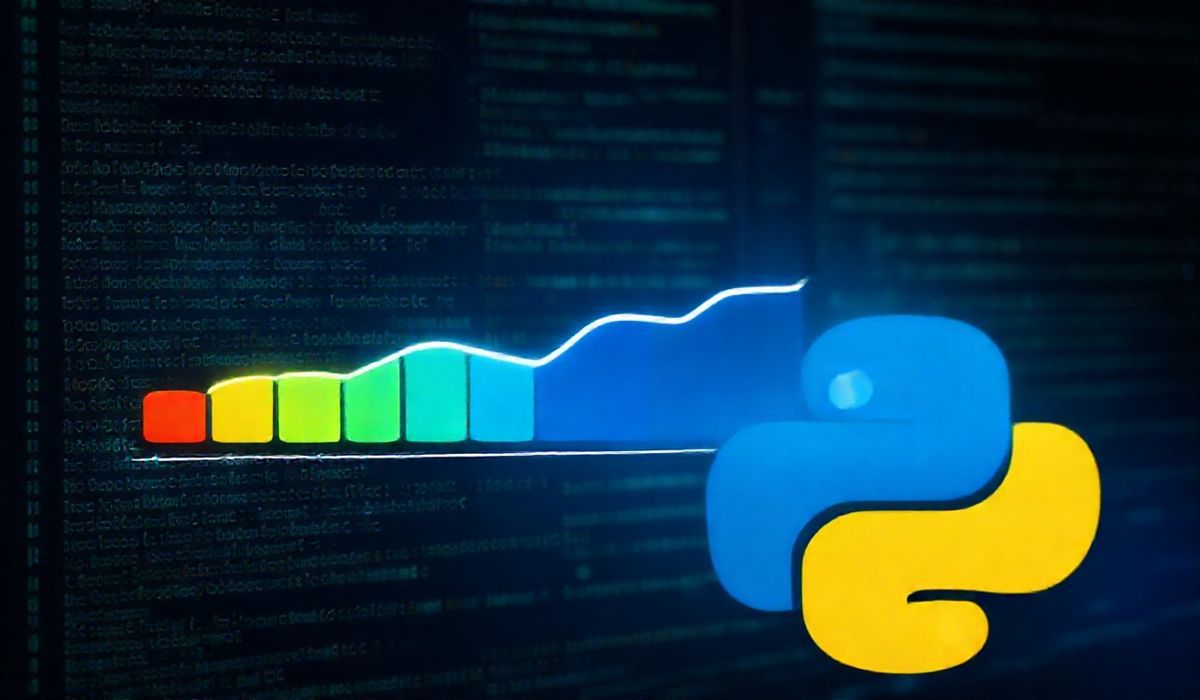Introduction to LogOps
LogOps is a comprehensive library for handling all your application logging needs. It helps developers manage application logs efficiently and effectively. It is essential for debugging and monitoring applications. In this post, we’ll explore multiple LogOps APIs and their practical applications with code snippets.
LogOps API Examples
1. Basic Logging
The basic logging functionality allows you to log messages with different levels: INFO, DEBUG, WARNING, ERROR, and CRITICAL.
import logops
logger = logops.get_logger("basic_logger")
logger.info("This is an info message.")
logger.debug("This is a debug message.")
logger.warning("This is a warning message.")
logger.error("This is an error message.")
logger.critical("This is a critical message.")
2. Configuring Log Levels
You can set the logging level for your logger to control which messages get logged.
logger.set_level(logops.WARNING)
logger.info("This will not be logged.")
logger.warning("This will be logged.")
logger.error("This will also be logged.")
3. Adding Handlers
Handlers are used to specify the destination for log messages. LogOps supports several types of handlers like FileHandler, StreamHandler, and more.
file_handler = logops.FileHandler("app.log")
logger.add_handler(file_handler)
stream_handler = logops.StreamHandler()
logger.add_handler(stream_handler)
logger.info("This message will log to both file and console.")
4. Log Message Formatting
You can customize log message formats using formatters.
formatter = logops.Formatter("%(asctime)s - %(name)s - %(levelname)s - %(message)s")
file_handler.set_formatter(formatter)
5. Log Rotation
LogOps supports log rotation to manage log file size and backups.
rotating_handler = logops.RotatingFileHandler("rotating.log", maxBytes=2048, backupCount=3)
logger.add_handler(rotating_handler)
Application Example
Below is an example of a simple application that uses the various LogOps APIs discussed above.
import logops
import time
def perform_operations():
logger = logops.get_logger("app_logger")
logger.set_level(logops.DEBUG)
file_handler = logops.FileHandler("app_operations.log")
stream_handler = logops.StreamHandler()
rotating_handler = logops.RotatingFileHandler("rotating.log", maxBytes=2048, backupCount=3)
formatter = logops.Formatter("%(asctime)s - %(name)s - %(levelname)s - %(message)s")
file_handler.set_formatter(formatter)
rotating_handler.set_formatter(formatter)
logger.add_handler(file_handler)
logger.add_handler(stream_handler)
logger.add_handler(rotating_handler)
for i in range(5):
logger.info(f"Operation {i + 1} started.")
time.sleep(1)
logger.info(f"Operation {i + 1} completed.")
logger.debug(f"Details of operation {i + 1}.")
if __name__ == "__main__":
perform_operations()
In this application, we configure a logger with different handlers and formattters. We use this logger to log information about various operations in the application.
By efficiently managing logs, developers can ensure smooth operation and easier debugging of applications.
Hash: 9c05f5b9a25d782b54150fd8b651e0fa2a6aabac2827fc8e7a91579411acf14d




